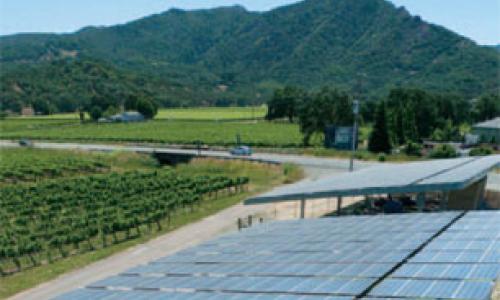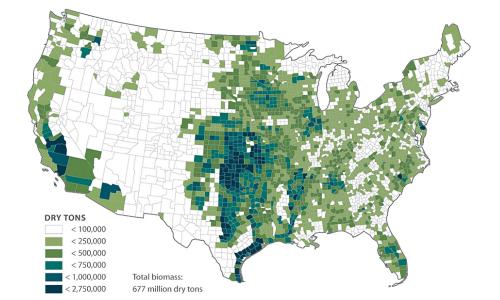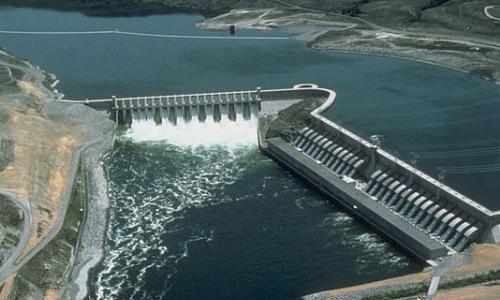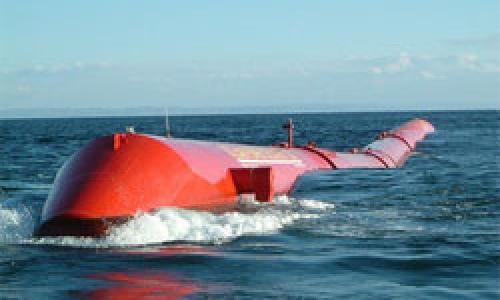Table of Contents
All energy sources have some impact on our environment. Fossil fuels—coal, oil, and natural gas—do substantially more harm than renewable energy sources by most measures, including air and water pollution, damage to public health, wildlife and habitat loss, water use, land use, and global warming emissions.
However, renewable sources such as wind, solar, geothermal, biomass, and hydropower also have environmental impacts, some of which are significant.
The exact type and intensity of environmental impacts varies depending on the specific technology used, the geographic location, and a number of other factors. By understanding the current and potential environmental issues associated with each renewable energy source, we can takes steps to effectively avoid or minimize these impacts as they become a larger portion of our electric supply.
Wind power
Harnessing power from the wind is one of the cleanest and most sustainable ways to generate electricity as it produces no toxic pollution or global warming emissions. Wind is also abundant, inexhaustible, and affordable, which makes it a viable and large-scale alternative to fossil fuels.
Despite its vast potential, there are a variety of environmental impacts associated with wind power generation that should be recognized and mitigated. They include land use issues and challenges to wildlife and habitat.
Solar power
Like wind power, the sun provides a tremendous resource for generating clean and sustainable electricity.
The environmental impacts associated with solar power can include land use and habitat loss, water use, and the use of hazardous materials in manufacturing, though the types of impacts vary greatly depending on the scale of the system and the technology used—photovoltaic (PV) solar cells or concentrating solar thermal plants (CSP).
Geothermal energy
The most widely developed type of geothermal power plant (known as hydrothermal plants) are located near geologic “hot spots” where hot molten rock is close to the earth’s crust and produces hot water.
In other regions enhanced geothermal systems (or hot dry rock geothermal), which involve drilling into the earth’s surface to reach deeper geothermal resources, can allow broader access to geothermal energy.
Geothermal plants also differ in terms of the technology they use to convert the resource to electricity (direct steam, flash, or binary) and the type of cooling technology they use (water-cooled and air-cooled). Environmental impacts differ depending on the conversion and cooling technology used.
Biomass for electricity
Biomass power plants share some similarities with fossil fuel power plants: both involve the combustion of a feedstock to generate electricity. Thus, biomass plants raise similar, but not identical, concerns about air emissions and water use as fossil fuel plants. However, the feedstock of biomass plants can be sustainable produced, while fossil fuels are non-renewable.
Sources of biomass resources for producing electricity are diverse, ranging from energy crops (like switchgrass), to agricultural waste, manure, forest products and waste, and urban waste. Both the type of feedstock and the manner in which it is developed and harvested significantly affect land use and life-cycle global warming emissions impacts of producing power from biomass.
Hydroelectric power
Hydroelectric power includes both massive hydroelectric dams and small run-of-the-river plants. Large-scale hydroelectric dams continue to be built in many parts of the world (including China and Brazil), but it is unlikely that new facilities will be added to the existing US fleet in the future.
Instead, the future of hydroelectric power in the United States will likely involve increased capacity at current dams and new run-of-the-river projects. There are environmental impacts at both types of plants.
Hydrokinetic energy
Hydrokinetic energy, which includes wave and tidal power, encompasses an array of energy technologies, many of which still in the experimental stages or in the early stages of deployment. While actual impacts of large-scale operations have not been observed, a range of potential impacts can be projected.
Despite these environmental impacts, renewable energy technologies compare extremely favorably to fossil fuels, and remain a core part of the solution to climate change.










